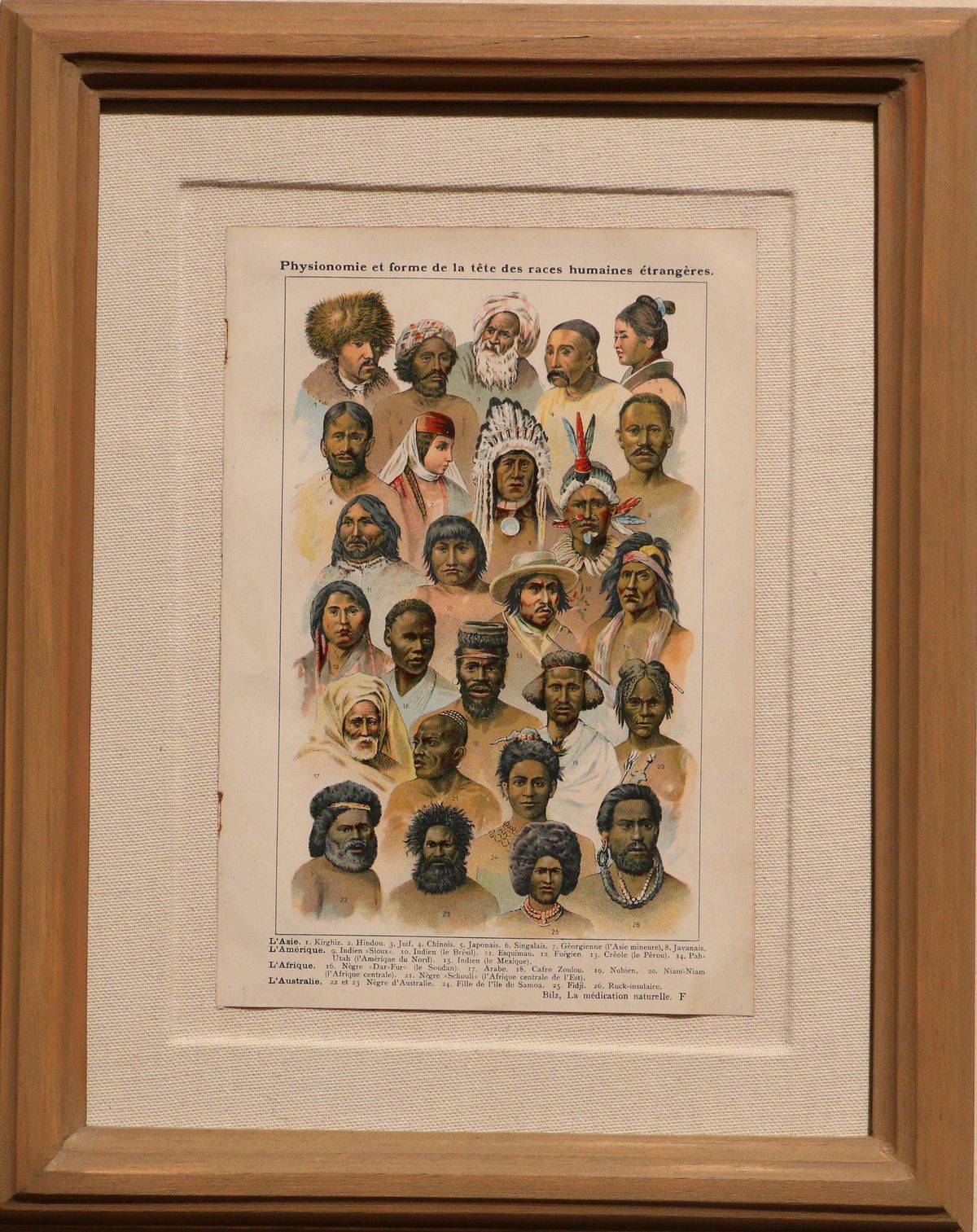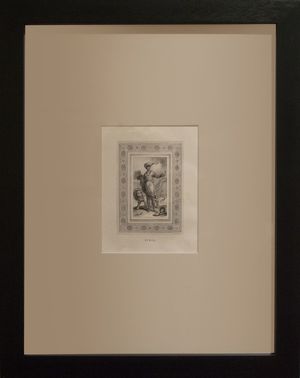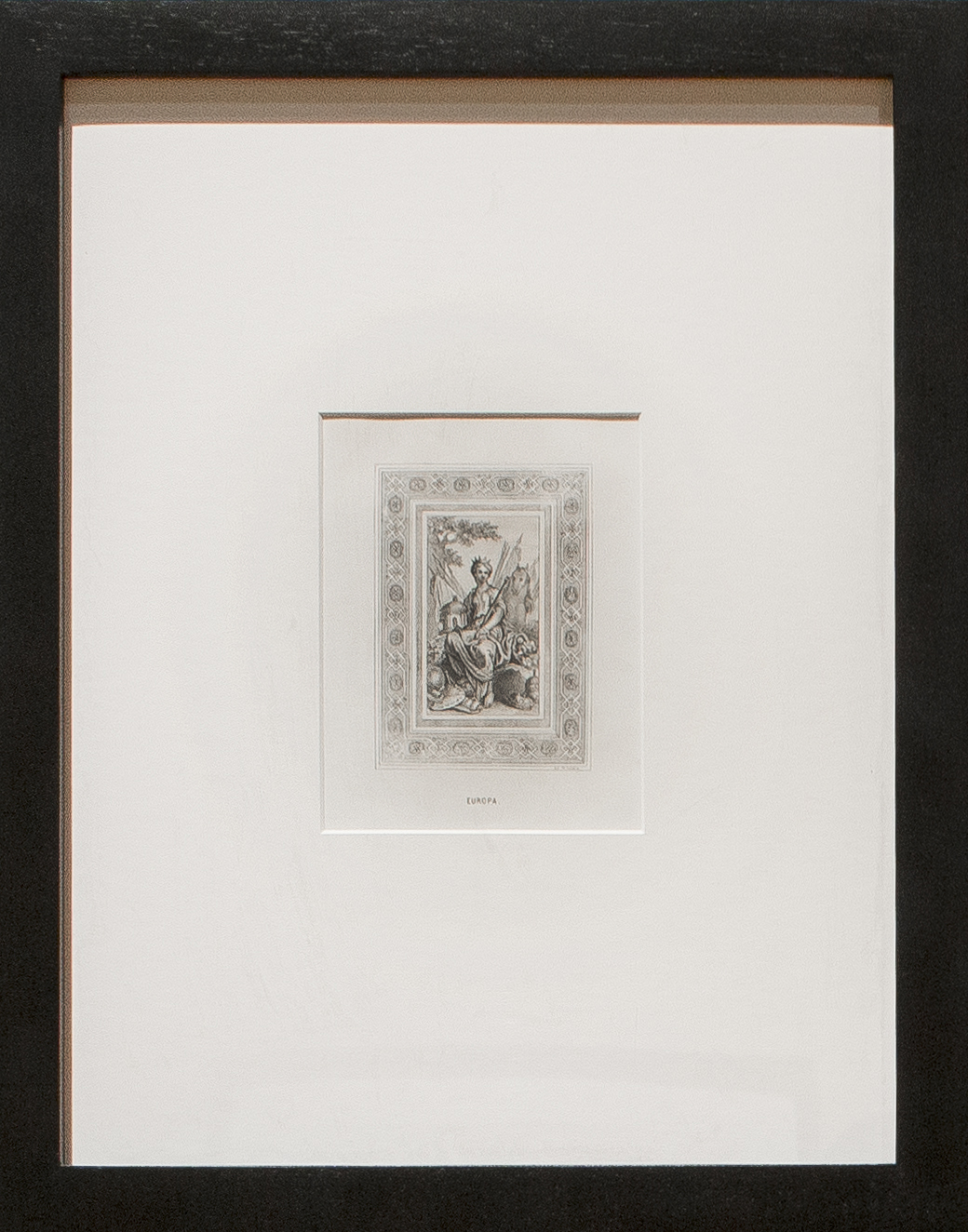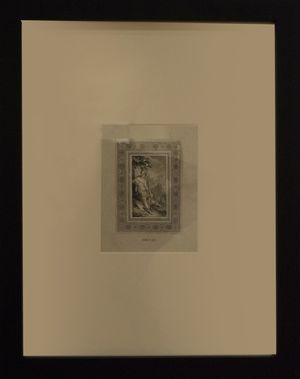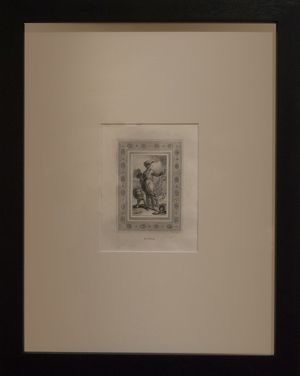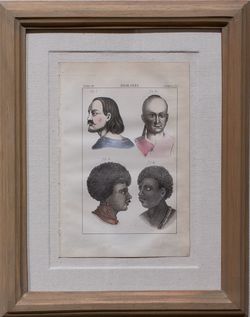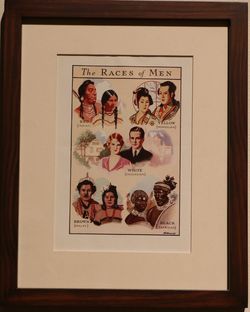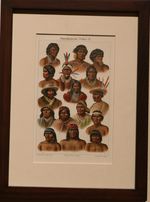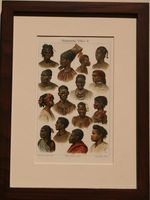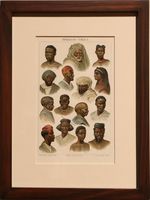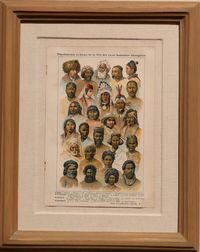The word “race” began to be widely used in classifications of human beings starting in the second half of the 19th Century, contemporary to the rise of European expansionism and the founding of powerful empires. The attributes conferred upon each race speak to the system of relationships established at that time, in which Europeans defined themselves as the most civilized, the most highly evolved, those residing in the most favorable part of the world: in sum, the most perfect race, “the most beautiful and best-made men,” as the celebrated French naturalist Buffon said.
Classifications of humanity into races proliferated in this epoch. The classic schemes divided humanity into four or five races, but there were others that included hundreds of races, and one of the latest and most elaborate included five hundred. All of them were equally arbitrary and all of them maintained the same basic structure – that is, whites were at the center or at the top, with Africans and Australians classified as distant relatives, close to apes; more recent classifications are less obvious about this aspect.
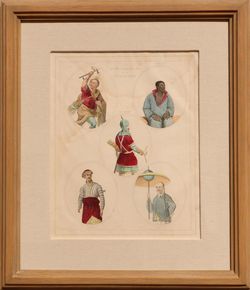 Unknown Author, Classifications of the Human Races, 19th Century, Prints, César Carrillo Trueba (Facultad de Ciencias de la UNAM) Collection.
Unknown Author, Classifications of the Human Races, 19th Century, Prints, César Carrillo Trueba (Facultad de Ciencias de la UNAM) Collection.
 Unknown Author, Classifications of the Human Races, 19th Century, Prints, César Carrillo Trueba (Facultad de Ciencias de la UNAM) Collection.
Unknown Author, Classifications of the Human Races, 19th Century, Prints, César Carrillo Trueba (Facultad de Ciencias de la UNAM) Collection.
The idea of race is therefore a construct arising in a particular social and historical context; it sought to understand human diversity from the perspective of the Europeans. Its construction influenced the vision that they had – and still have – of the other, and the relationship that they imposed or tried to impose: invariably, one of dominance.
 César Rangel. Recreation of an Ancient Map of the Distribution of Human Races and Their Morphological Evolution,, 2015, Charcoal, Paste and Ink on Canvas. César Carrillo Trueba (Facultad de Ciencias de la UNAM) Collection.
César Rangel. Recreation of an Ancient Map of the Distribution of Human Races and Their Morphological Evolution,, 2015, Charcoal, Paste and Ink on Canvas. César Carrillo Trueba (Facultad de Ciencias de la UNAM) Collection.
Each empire engaged in the study and classification of the races inhabiting the regions under its control. This practice was imitated in Mexico, where the ruling class saw the nation’s territory as a space to be conquered, full of populations to be dominated. The documents, maps and atlases produced during the second half of the 19th Century faithfully reflect this vision.
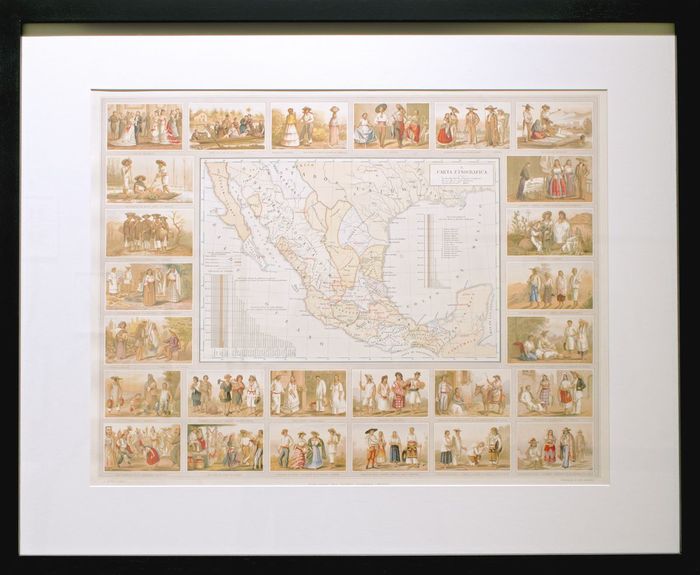 Antonio García Cubas, Ethnographic Map, 1885, Graphic Work, INBA/MUNAL Archives.
Antonio García Cubas, Ethnographic Map, 1885, Graphic Work, INBA/MUNAL Archives.
Races and Evolution
 Unknown Author, Classifications of the Human Races, 19th Century, Prints, César Carrillo Trueba (Facultad de Ciencias de la UNAM) Collection.
Unknown Author, Classifications of the Human Races, 19th Century, Prints, César Carrillo Trueba (Facultad de Ciencias de la UNAM) Collection.
Classifications of races tend to be presented as being strictly based on biological features; nevertheless, the qualities that were attributed to these features were based on cultural characteristics. Each race or people belonging to a race was classified on a scale (as savages, barbarians, semi-civilized and civilized) and their place was defined by their relationship with Europeans or the governing elite in their country: the closer their way of life was to them, or the less rebellious they were, the higher they were on the scale.
The theory of evolution, based on the idea that humanity was constantly progressing, provided a temporal dimension to this classification, thus creating a hierarchy whose summit was occupied by what were considered to be the most highly-evolved races – invariably the white race, with Africans and Australians at the bottom. This was not considered to be a fixed scheme, and races could evolve, but in this process, they were to be guided by the races considered to be superior and adopt another way of life, forgetting their own culture. A people that refused to be governed by the white race was seen as refusing progress. This rebellion was considered to be an outbreak of savagery, and so it was necessary to launch a war to “civilize” them, as occurred in Mexico during the so-called Caste War in Yucatán, when the Maya peoples rose up to defend their territories and were brutally repressed.
 Federico Trujillo, Pirulete in the Land of Cannibals, ca. 1922, Book, and David M. Warren, Warren’s Common School of Geography, 1887, Book, César Carrillo Trueba (Facultad de Ciencias de la UNAM) Collection.
Federico Trujillo, Pirulete in the Land of Cannibals, ca. 1922, Book, and David M. Warren, Warren’s Common School of Geography, 1887, Book, César Carrillo Trueba (Facultad de Ciencias de la UNAM) Collection.





